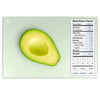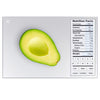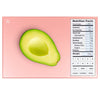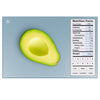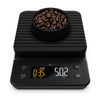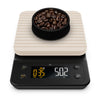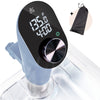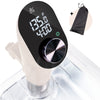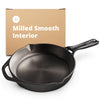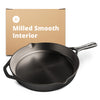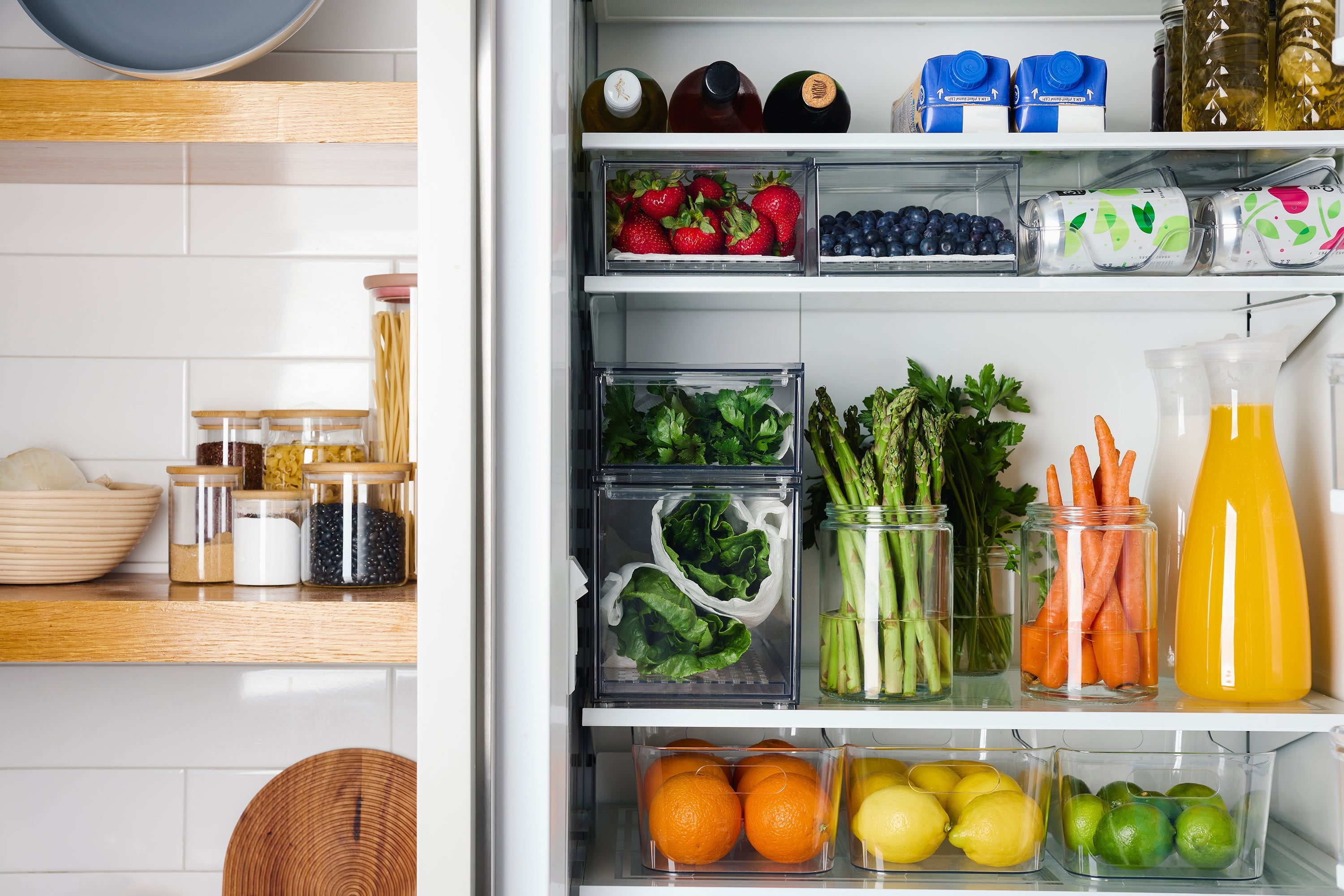
Buying fresh fruits and veggies is one thing. Keeping them fresh? That’s a whole different story. If you’re dealing with wilted greens, mushy berries, or sprouting potatoes—good news: a few simple storage swaps can make your produce last way longer and taste way better.
1. Don’t Trap Moisture—Wrap Your Greens
Greens need a little air, a little cushion, and zero sogginess. Storing them in a sealed bag or container without airflow can trap moisture and speed up wilting.
Wrap leafy greens like lettuce, spinach, or kale in dry paper towels, then store them in a breathable bag or container. The towel absorbs excess moisture and keeps everything crisp. Just make sure you change the paper towel every few days if it gets damp.
2. Treat Your Berries Right
Berries are fragile and mold fast if stored wet. But rinsing them the right way can help them last longer.
Rinse berries in a mixture of one part vinegar to three parts water, then rinse again with clean water. Dry thoroughly—like really thoroughly—then store them in a container lined with paper towels. Leave the lid cracked or use one with air vents.
The vinegar kills mold spores, and the airflow keeps moisture from building up.
3. Keep Tomatoes on the Counter
Tomatoes lose flavor and texture when stored in the fridge. The cold breaks down their cell structure and dulls their natural sweetness.
Store tomatoes stem-side down on the counter, out of direct sunlight. This position helps prevent air (and moisture) from entering the fruit and slows down spoilage. This works for any tomato variety—cherry, heirloom, roma—especially if you want to enjoy them raw.
4. Separate Your Onions and Potatoes
They might go together in recipes, but in storage? Not so much. When stored together, onions release gases that make potatoes sprout faster.
Keep them in separate, cool, dark places. Use breathable bags, baskets, or open bowls to allow airflow. And, avoid storing either in plastic. Potatoes do best in paper bags or cloth sacks, not the fridge










